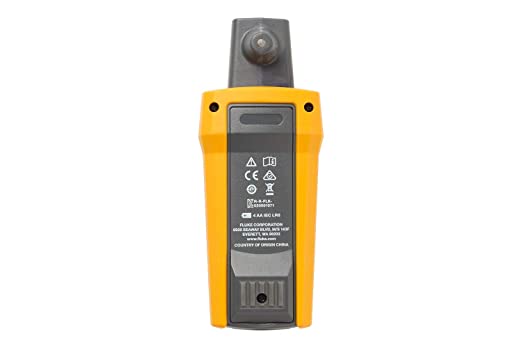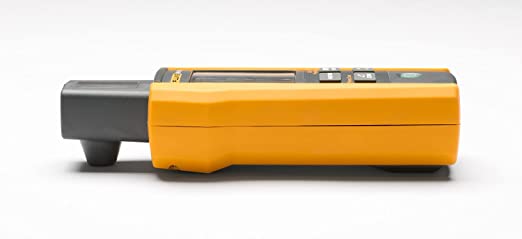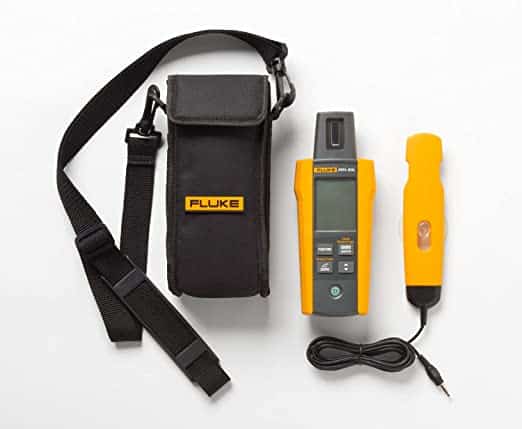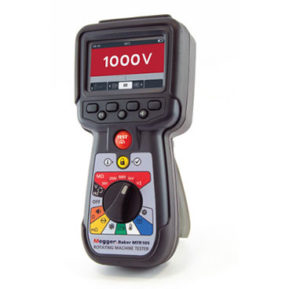Description
- Measure solar irradiance, ambient and PV module temperature, array orientation and tilt angles
- Make instantaneous measurements to determine the watts per square meter solar irradiation, required by IEC 62446-1 standard
- High contrast LCD with large numbers for easy readability in direct sunlight
- Includes convenient carry case with shoulder strap
If you’re surveying, installing, executing maintenance or checking performance of solar panels or a photovoltaic system, the Fluke IRR1-SOL Irradiance Meter gives you the 4 critical measurements needed all in one easy-to-use tool. Make instantaneous measurements to determine the watt per square meter solar irradiation, required by IEC 62446-1 standard. Measure temperature by either placing the meter directly on the panel or by connecting the external probe. Find cardinal direction with the compass, and verify inclination of a roof or panel with the tilt function.
To find the expected production at a site, determine your solar resource while taking shading into account. The solar resource is measured in peak sun hours: the number of hours per day with 1,000 watts generated per square meter of solar array. Location, time of day, season, and weather conditions all influence peak sun hours. Use the Fluke IRR1-SOL to determine the actual solar irradiance (Watts/m²) and shading at the site to develop a baseline. Once your system is installed, make sure it is operating as designed by measuring its electrical characteristics and the actual power output of the array. The performance of a photovoltaic array is based on its current-voltage (IV) curve. Use the IRR1-SOL to obtain the amount of solar irradiance necessary to calculate the IV curve of the power output. Even when installed correctly, a photovoltaic system may not be producing the expected electrical output. In order to produce the expected output the system needs to receive the correct amount of irradiance energy to generate the DC voltage that is fed into the inverter.
Whether working on a roof-mounted system or on a large field installation, the IRR1-SOL is the single-handed solution that every solar installer and technician needs in their tool bag.









